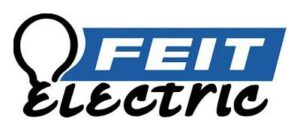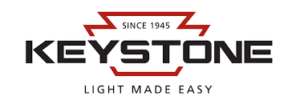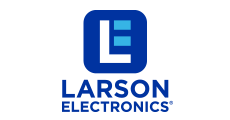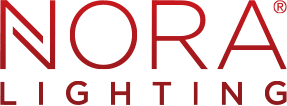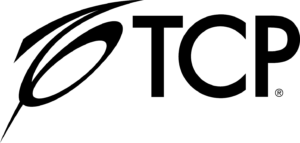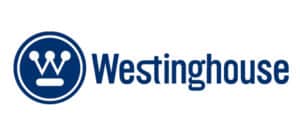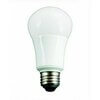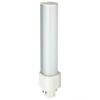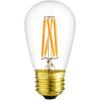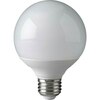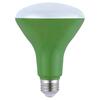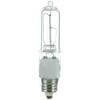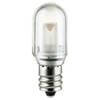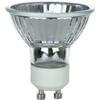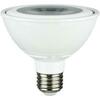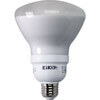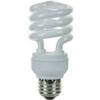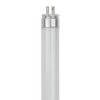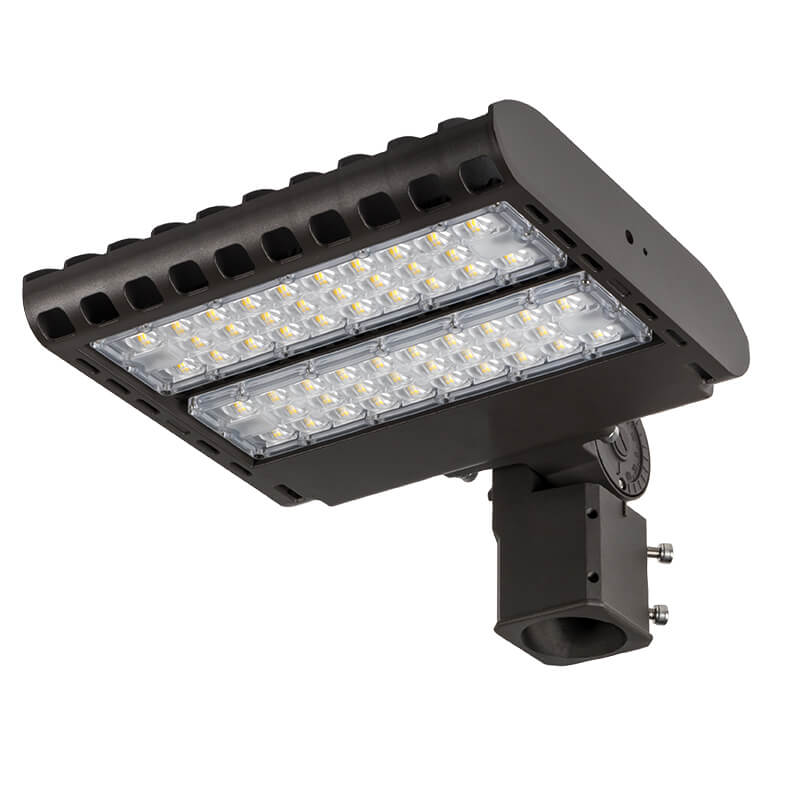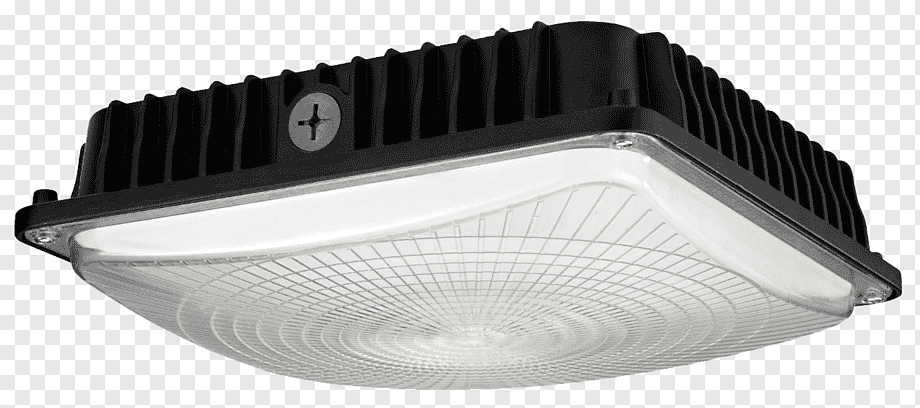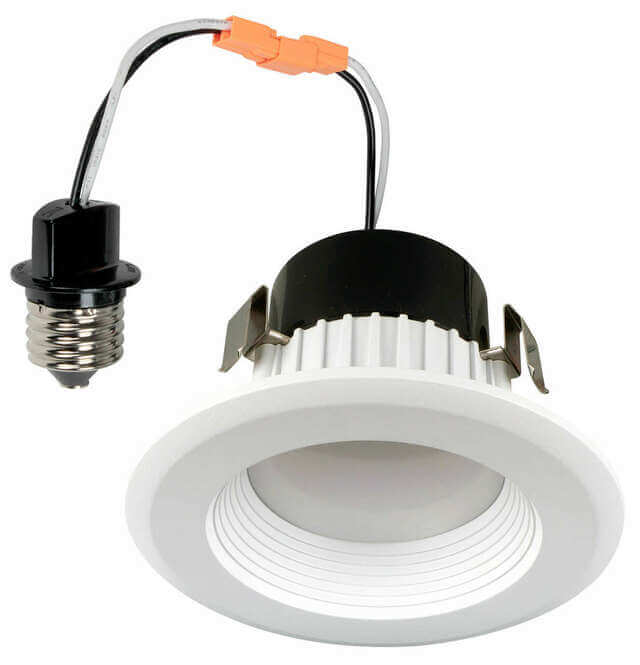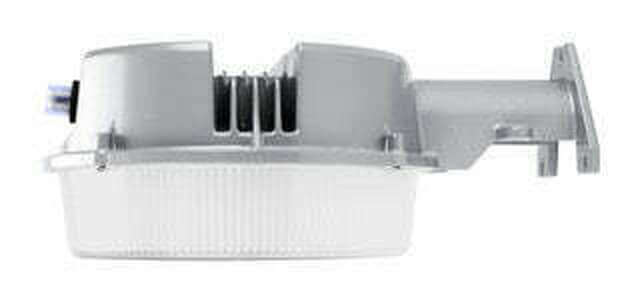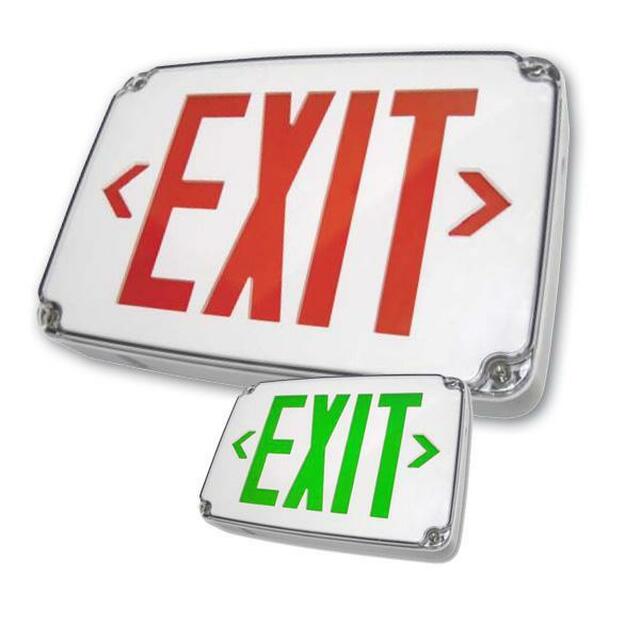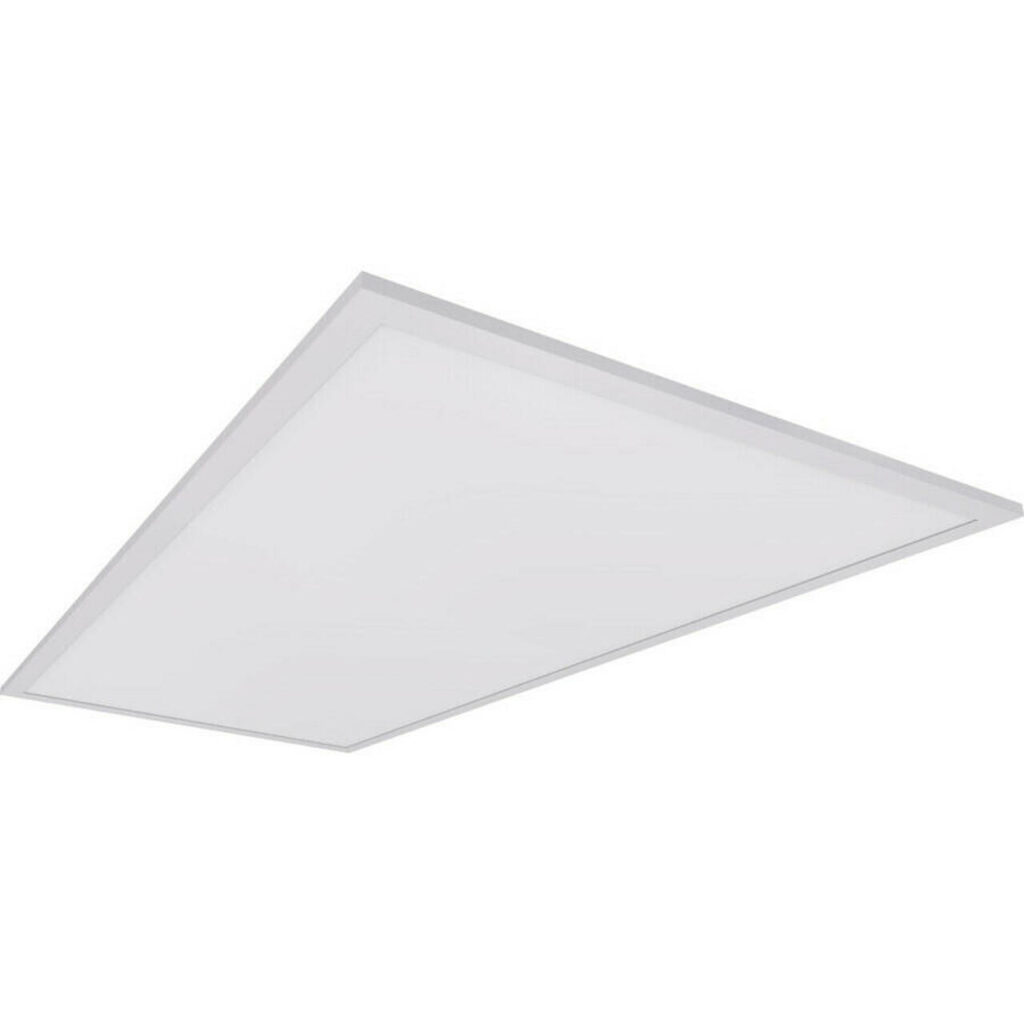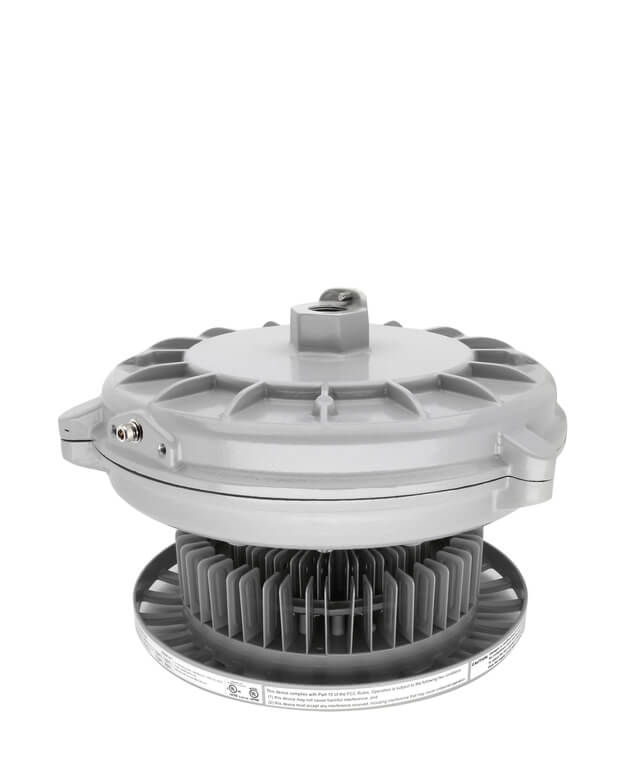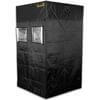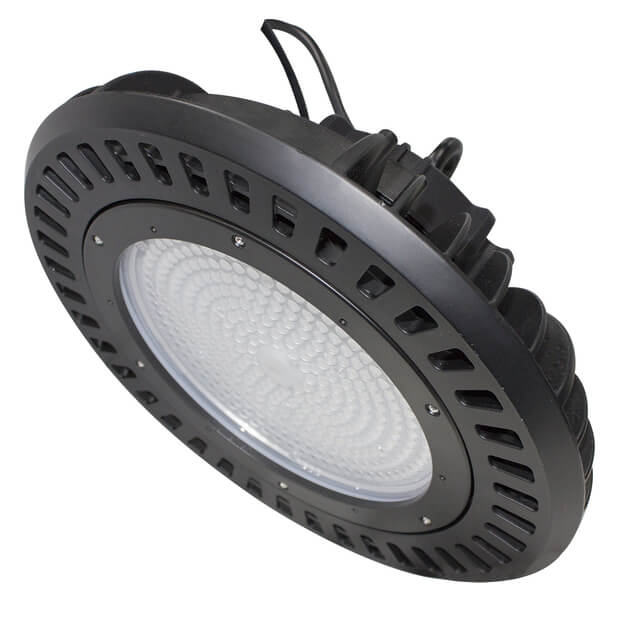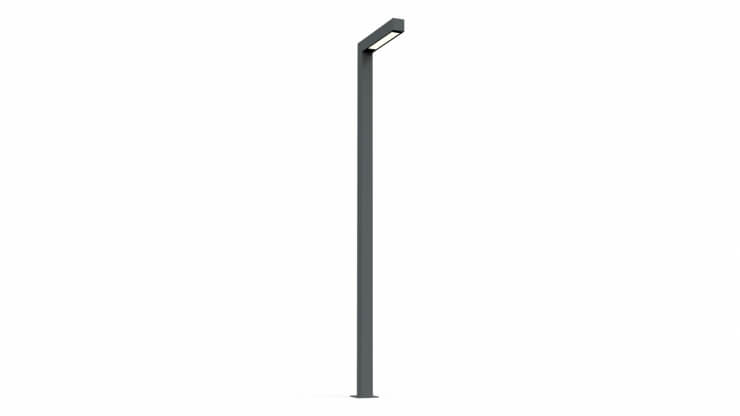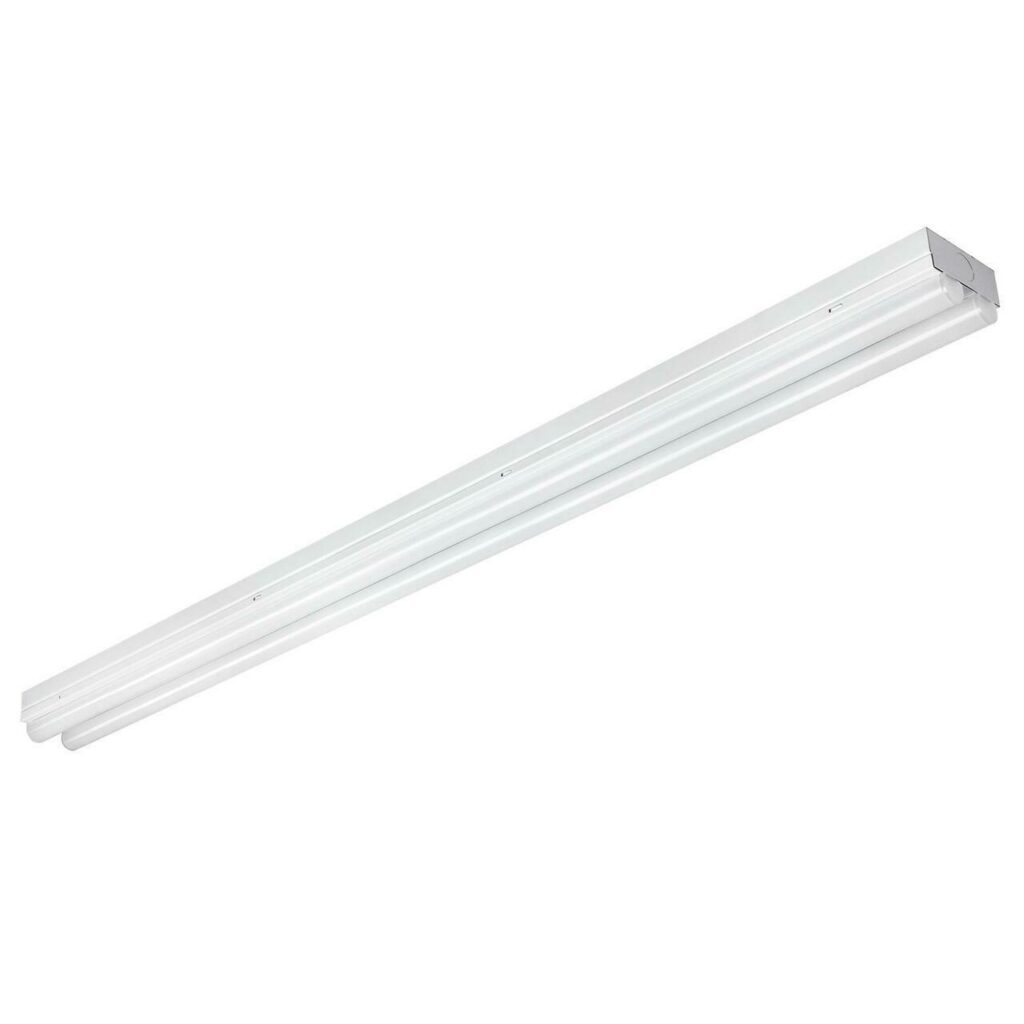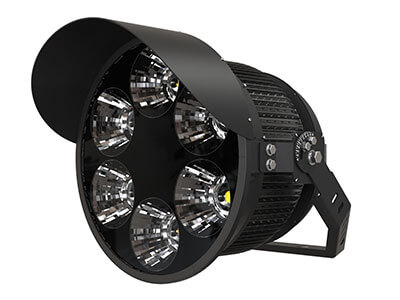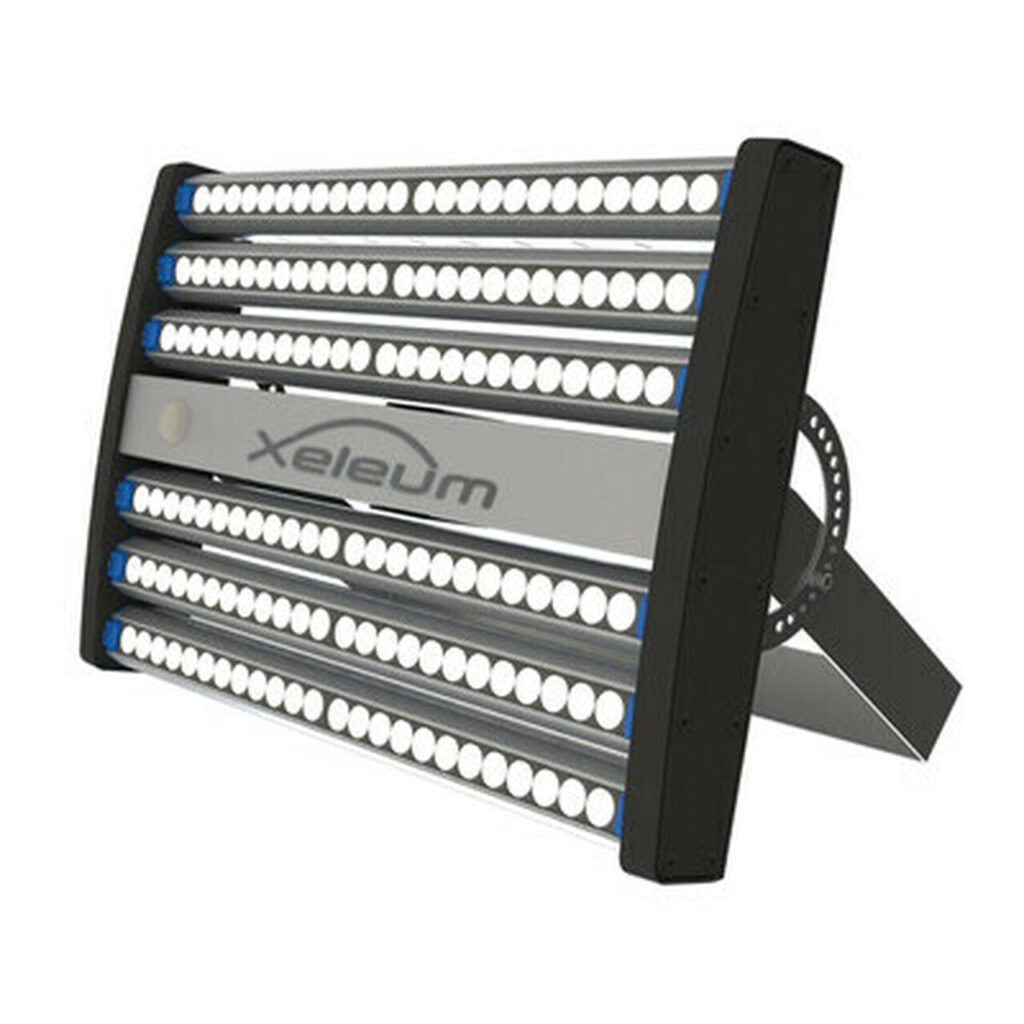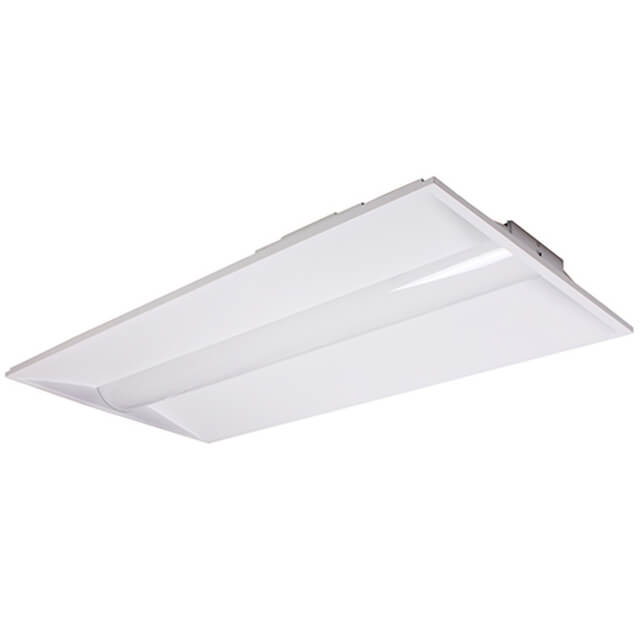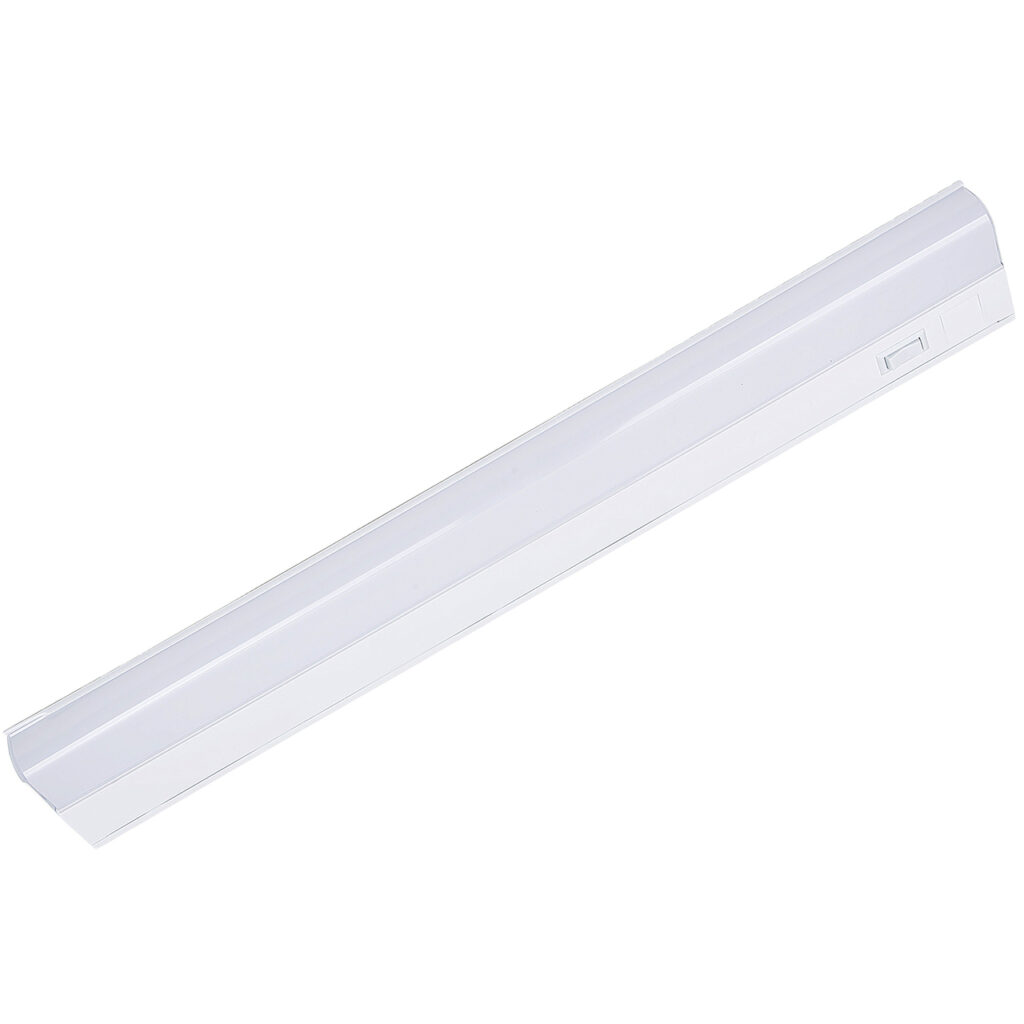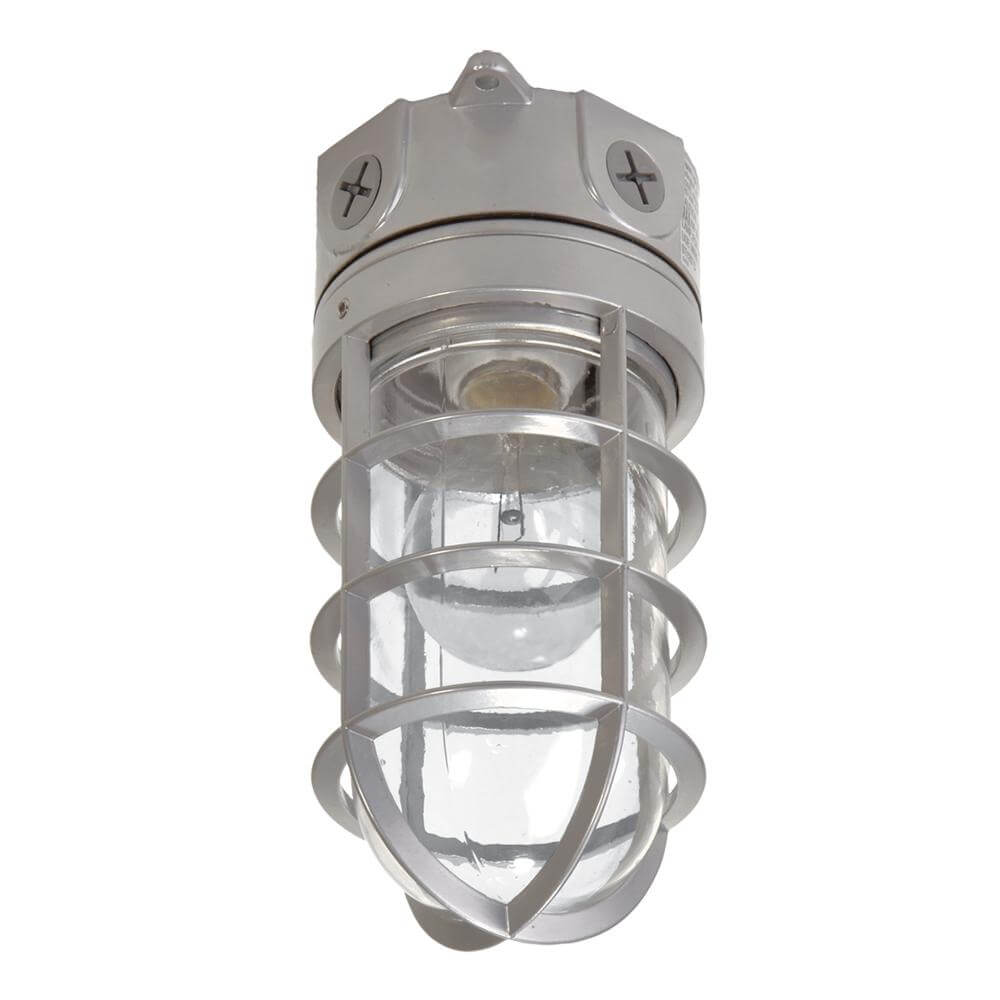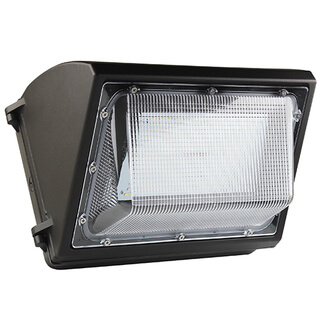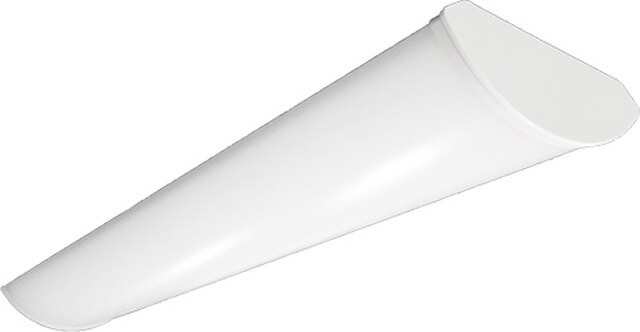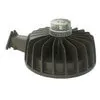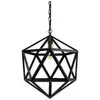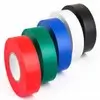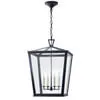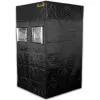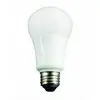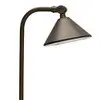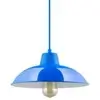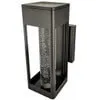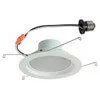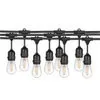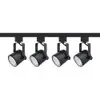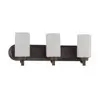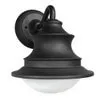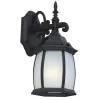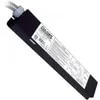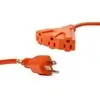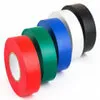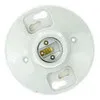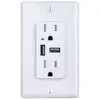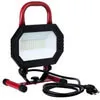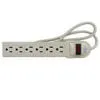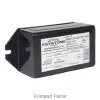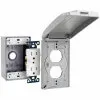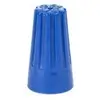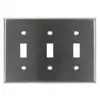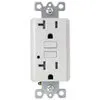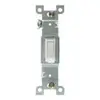Whenever consumers buy a lighting product, they like to see a certain logo or seal of approval that shows that the product has passed rigorous testing and meets high standards.
However, many people don’t know what these logos and seals actually mean, and many commercial lighting application buyers aren’t even sure if they need the certifications, as the process can be costly. Knowing what certifications are important for the safety of both the consumers and the brand is important.
For many brands, an important certification is to be UL listed. In this article, we’ll tell you everything you need to know about what it means to have your lights UL listed and why it matters.
Keep reading to learn more.
What Does UL Listed Mean?
UL stands for Underwriter Laboratories. This is a third-party certification company that pledges to bring safety, security, and sustainability to users by certifying different types of products.
When getting approval by UL, there are different tiers and categories that products can fall under. These include:
- UL certified
- UL listed
- UL recognized
- UL classified
- UL performance verified
Although these categories are similar, they have key differences that are important for determining which is best for your business.
For example, UL certification refers to certain standards that are to be met to make things safer for consumers and workers. They set these standards for the process of innovating new products. Although UL tests some products themselves, they also authorize manufacturers to use the UL stamp if they follow proper guidelines.
The UL listed meaning, on the other hand, is a highly recognized mark that is meant for consumer goods. It is shown as a “UL” inside of a black circle. You’ll see the UL listing mark on:
- Flood lights
- Smoke detectors
- Sprinkler systems
- Heaters
- Life jackets
- Furnaces
- Electrical appliances
- Bullet-resistant glass
- Computer equipment
- Carbon monoxide detectors
To be UL listed, these products must be stand-alone. They ensure that the products such as wall packs and flood lights are safe and are consumer-ready to go on the market. They require a lot of testing, especially compared to UL recognized products.
Having the UL listed seal means it meets UL’s high standards of safety and sustainability and is free from any foreseeable risk of fire or danger. These products can be trusted for longevity under normal wear and tear.
What are ETL & CSA Listings?
Not all lighting fixtures are officially UL Rated. If you discover a UL label is absent on a light fixture, there’s a good chance you may find an Electrical Testing Labs (ETL) or Canadian Standards Association (CSA Group) listing in its place:
ETL Mark
An ETL Listed Mark is a certification given to products that have undergone testing through the company Intertek. Intertek is a Nationally Recognized Testing Laboratory (NRTL) with the Occupational Safety & Health Administration (OSHA), and they can use UL or ULC standards when testing products in North America. Because OSHA is the regulatory body for all NRTLs in the country, the UL label and ETL label are nearly equivocal, though it is more common to find a UL label on lighting fixtures.
CSA Mark
Another common light fixture marking is a CSA Mark labeled by the Canadian-based company, CSA Group. Like UL, CSA Group has decades of experience providing standardized testing for products in markets around the globe. Although this company is international and doesn’t receive regulation from OSHA, CSA Group is accredited by the American National Standards Institute (ANSI) in the United States.
Do All Light Fixtures Need to be UL Listed?
With so many available markings from separate entities, many individuals wonder if lights require a listing at all. Simply put, they don’t. Any manufacturer can produce lights and light fixtures without undergoing testing from UL or a third-party laboratory and freely sell these products to consumers.
However, many government lighting applications at varying levels require light fixtures to have UL certification when used in specific contexts. For example, you may use a light fixture in your home that isn’t UL listed, but building codes may require a UL listing for light fixtures used at your workplace.
While it may not be required to use UL lighting in your home, many individuals choose approved lighting even when they don’t need to. This principle is similar to choosing an FDA-approved medicine or product.
Many individuals choose to use only treatment options that have been FDA approved because they prioritize safety and efficacy. Regardless, there are still alternative medications for sale that have not been evaluated or approved by the FDA. When it comes to light fixtures, consumers often choose UL rated products because they prioritize safety and efficacy.
UL Listed VS. UL Rated
A UL Mark is a product identification feature that is highly desired, if not government-required. Because the UL Mark is considered a necessity in many contexts, it’s critical to understand what a UL Mark signifies.
As discussed above, there are a variety of UL marks that are tested and labeled according to different standards. Technically, there are no official “UL Rated” light fixtures. Instead, there are a variety of other terms, including:
- UL Certified: This means the product has been certified under the UL Listings and Classifications services.
- UL Listing: This means samples representing the product have been tested and have met defined requirements.
- UL Classification: This means a sample of the product has been tested to determine if it meets criteria such as applicable UL requirements or standards set by other organizations.
- UL Component Recognition: This means the product was evaluated only for use in a complete system or product.
- UL Performance Verified: This means the product has only been tested against a specific performance standard, such as an industry performance standard.
Is Being UL Listed Important?
Although there are several testing labs to choose from for certification, UL sets the standard that most other testing labs adhere to. But it is important to note that their standards are also more rigorous and comprehensive, which can make them harder to get.
Being UL listed is crucial for being trusted as a top brand for lighting safety in the industry. When people buy products with the UL seal on them, they know that they can trust that they are buying safe lights.
Here are a few benefits of being UL Listed.
Strict Requirements for Certification
It is well-known that being UL listed is the world’s top-rated safety certification. They have very strict, rigorous, and comprehensive requirements that cover:
- Electrical safety
- Mechanical safety
- Durability testing
- Resistance testing
- Longevity testing
These are conducted under adverse conditions so that consumers know they are getting only the highest-quality products when purchasing something with a UL listed seal.
Ongoing Third-Party Safety Verification
It doesn’t just stop at one test. Field reps from UL make visits several times a year to serve ongoing safety verification. These are unscheduled and unannounced to ensure high-quality standards.
Superior Track Record
UL has a pristine track record compared to other safety certifications. It is the most well-known Nationally Recognized Testing Laboratory in the world and operates in several different countries.
Reliability and Consistency
UL is very reliable compared to other safety certifications. It is a non-profit organization that is dedicated to consumer safety. Companies do not need any sort of membership or professional relationship to get UL listed certification.
Tips for the UL Listing Process for Lights
Although the process varies from product to product, there are a few general tips to follow when preparing to get UL certified. Let’s take a look at a few.
Start the Process Early in the Product Development Cycle
It’s much easier to begin designing a product with UL’s requirements in mind than to redesign an existing product to meet the requirements afterward. If you’re new to the process, you can request a preliminary evaluation for your prototype designs.
Pre-testing is much more cost-effective and can offset costs in the final testing.
Obtain a Copy of the UL Standard for Safety Used for Evaluation
Getting a copy of the UL standard for safety can help you understand the requirements of your product that you need to meet. You can get this by contacting your local UL Solutions Customer Service Team.
Use UL Recognized Components
Whether you’re producing large stadium lighting or small Bluetooth lights, make sure all of the components of your product meet the conditions of acceptability and ratings so that it reduces the required testing time in the future.
Be Aware of Shipping Requirements
Shipping requirements can affect your project timeline and costs. This is important to keep in mind when shipments arrive via ocean vessels. Make sure to meet the security filing requirements to prevent any delays or additional costs.
Stay Up-To-Date With Regulatory Changes
When it comes to certification requirements, changes to the rules can happen regularly. Make sure to stay up-to-date with any changes in your product’s regulatory requirements on the UL website.
Continue Distributing the Highest-Quality Lights
That’s everything you need to know about being UL listed and certified. When it comes to producing and distributing the best and safest lights in the world, being UL listed is a critical step to making sure your brand can be trusted by consumers everywhere.
If you’re looking for the highest quality lighting products and services in the LED lighting industry, find what you need with us at Lighting and Supplies today!


